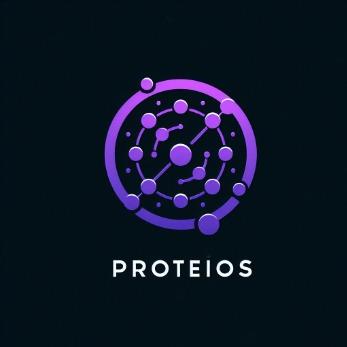Proteios
Proteios: Transforming Protein Data into Actionable Insights.
Created on 13th April 2024
•
Proteios
Proteios: Transforming Protein Data into Actionable Insights.
The problem Proteios solves
Proteios addresses the significant challenges faced by researchers in understanding protein structures and behaviors. Traditional experimental methods for determining protein structures are not only time-consuming, but they also incur substantial costs and require advanced technical expertise. This poses a barrier to progress in bioinformatics and structural biology, limiting the pace of discovery and innovation in areas such as drug development and molecular biology.
By leveraging computational methods and Machine Learning algorithms, Proteios offers a comprehensive solution. It provides efficient and accurate protein structure prediction, enabling researchers to gain insights into protein functions, interactions, and potential therapeutic applications. Additionally, Proteios facilitates behavior analysis, allowing for the identification of disease indicators and structural anomalies.
Overall, Proteios streamlines protein research by reducing the time and cost associated with experimental methods, empowering researchers with actionable insights and accelerating advancements in bioinformatics and structural biology.
Challenges we ran into
During the development of our project, we encountered several challenges:
Model Deployment: We faced difficulties in deploying our trained models effectively, ensuring they perform optimally in production environments.
Training the Model: Training the machine learning models required extensive experimentation to achieve accurate predictions and reliable performance.
Data Preprocessing: Preprocessing the dataset involved handling missing values, feature scaling, and encoding categorical variables, which presented complexities that needed careful consideration.
Dependency Management: Managing dependencies, especially with Streamlit for the user interface, posed challenges in ensuring compatibility and version control across different components.
Despite these challenges, we implemented strategies such as thorough testing, version control, and continuous collaboration to overcome these hurdles and deliver a robust and functional solution.
